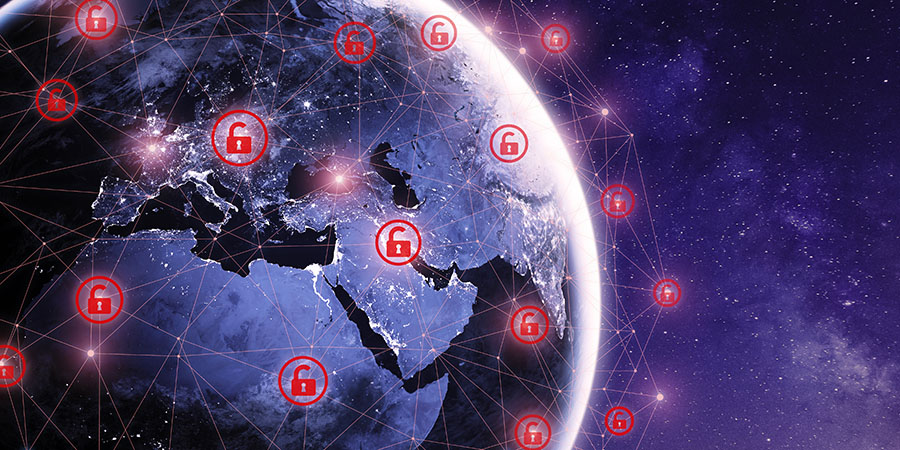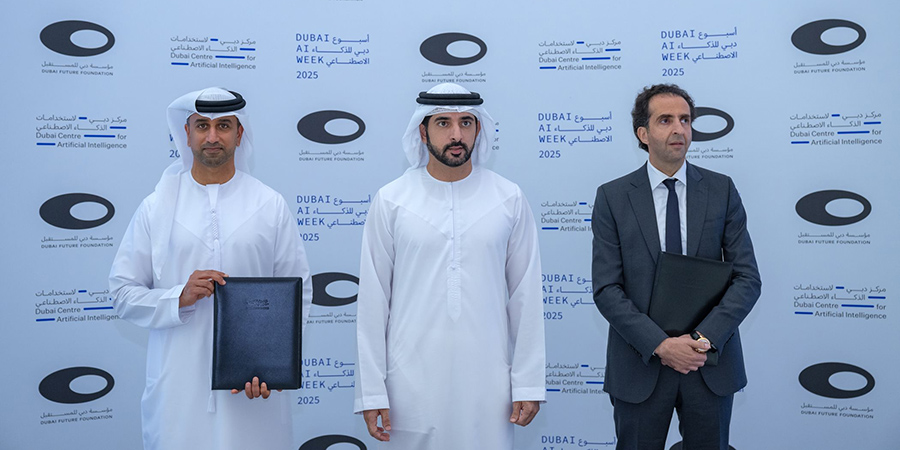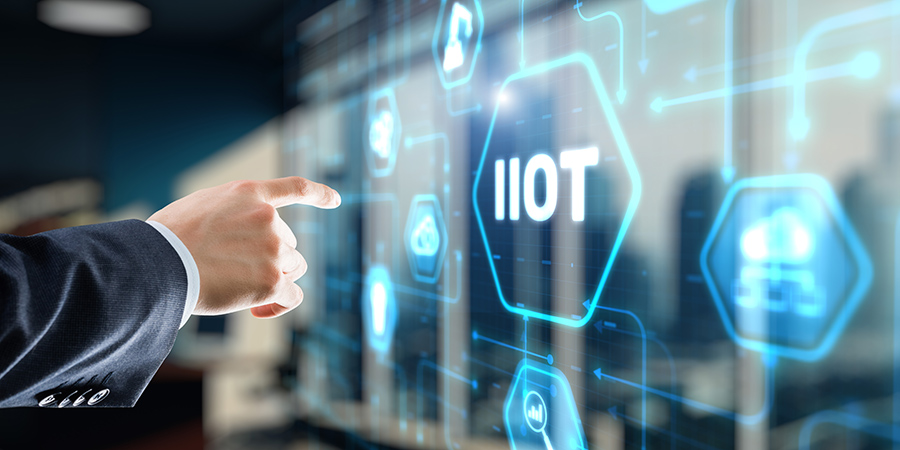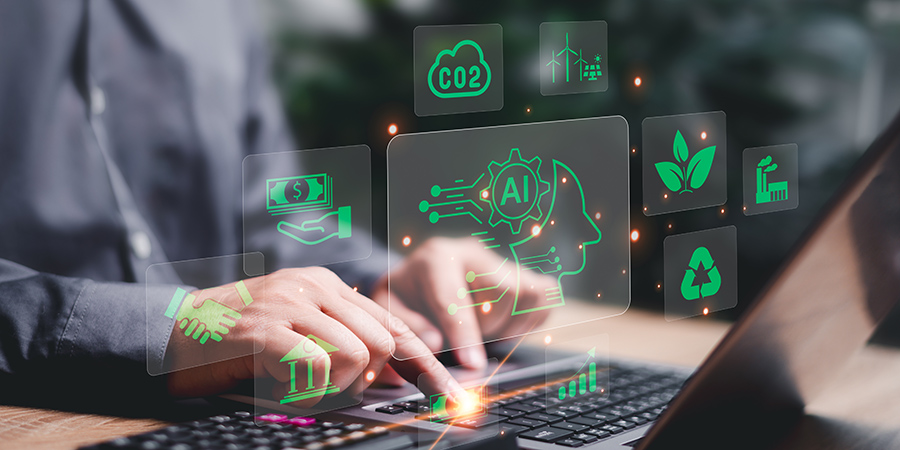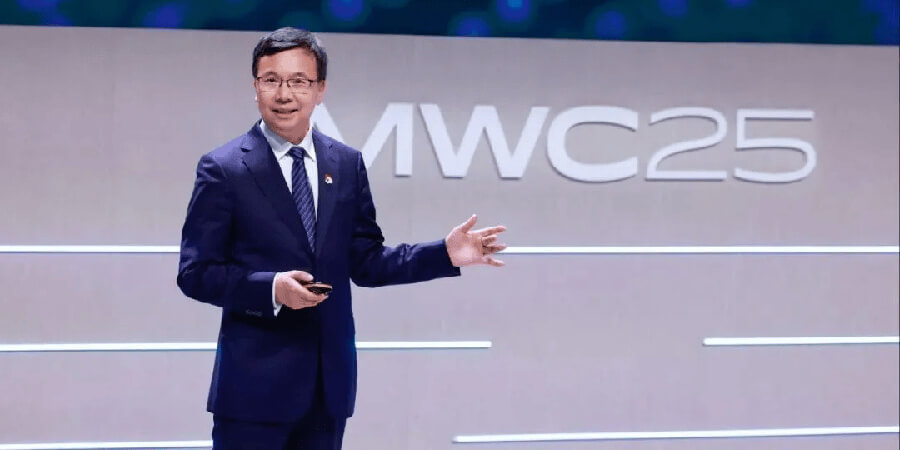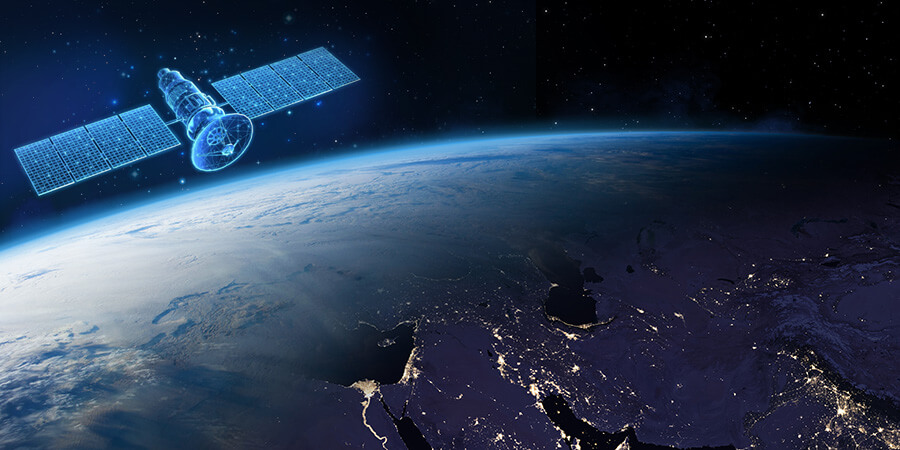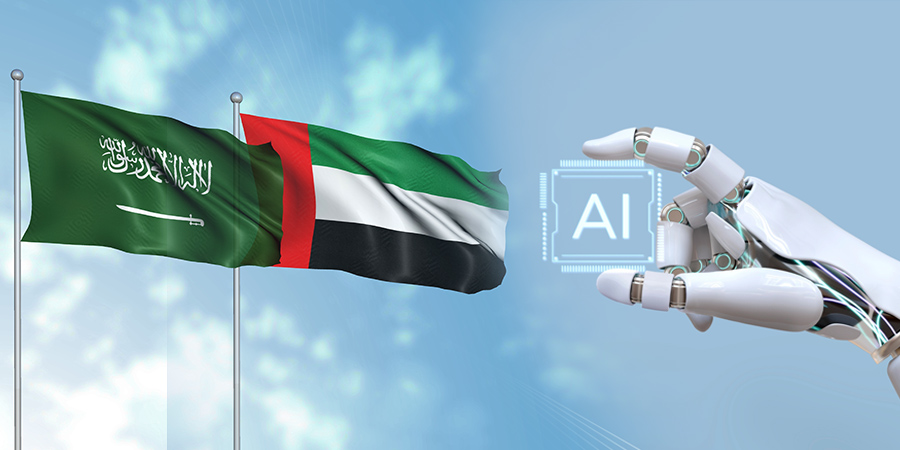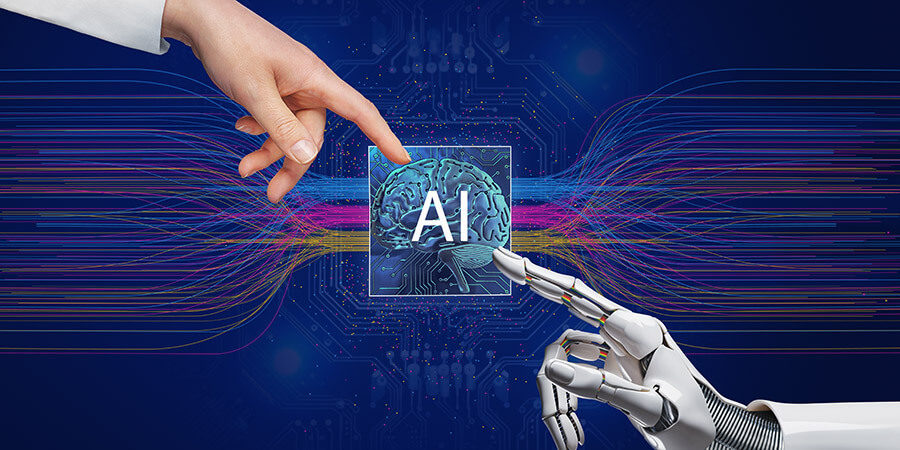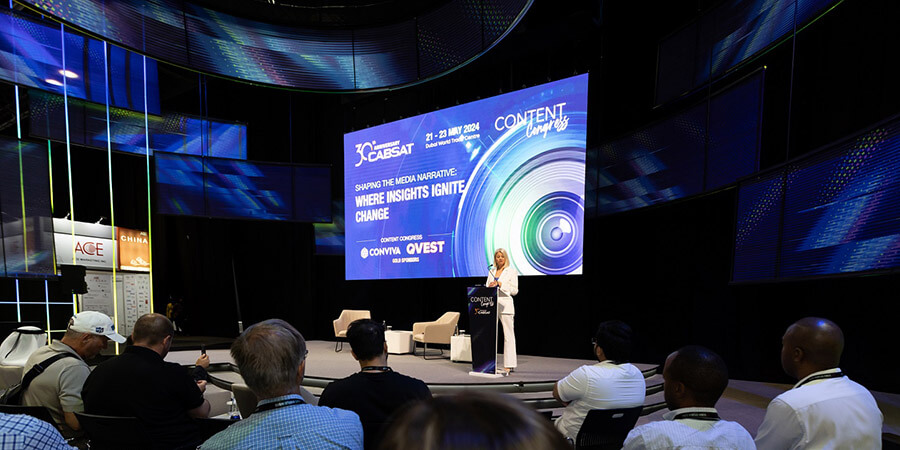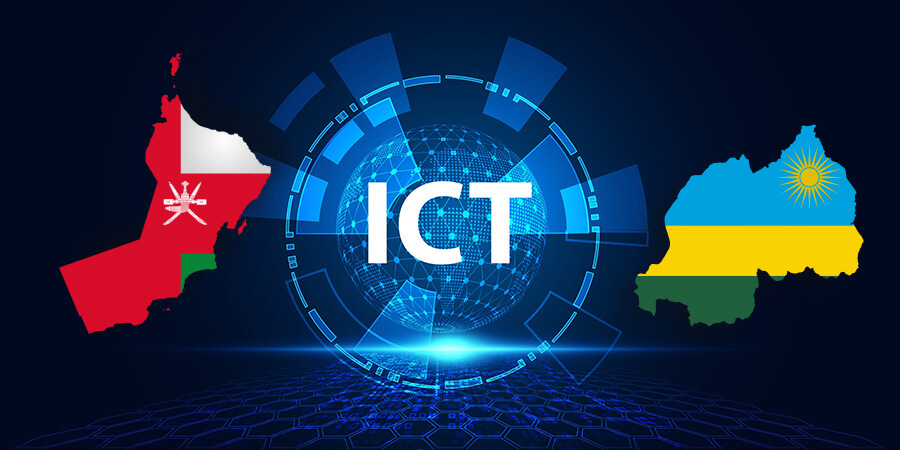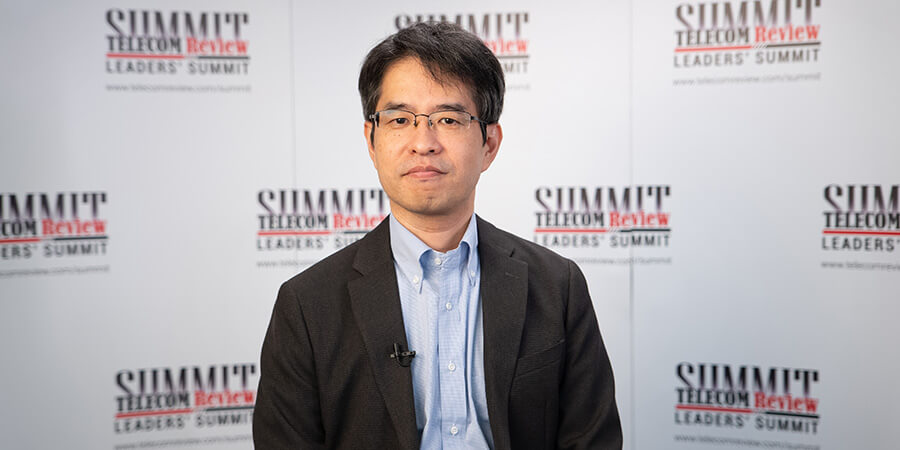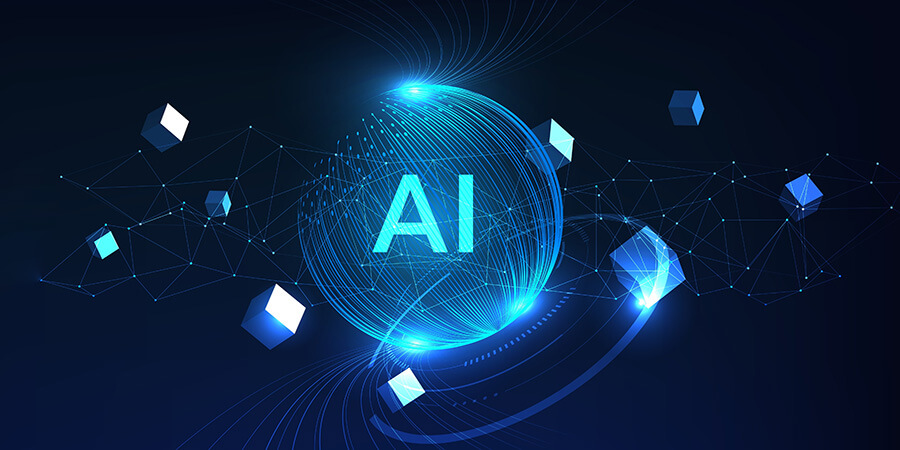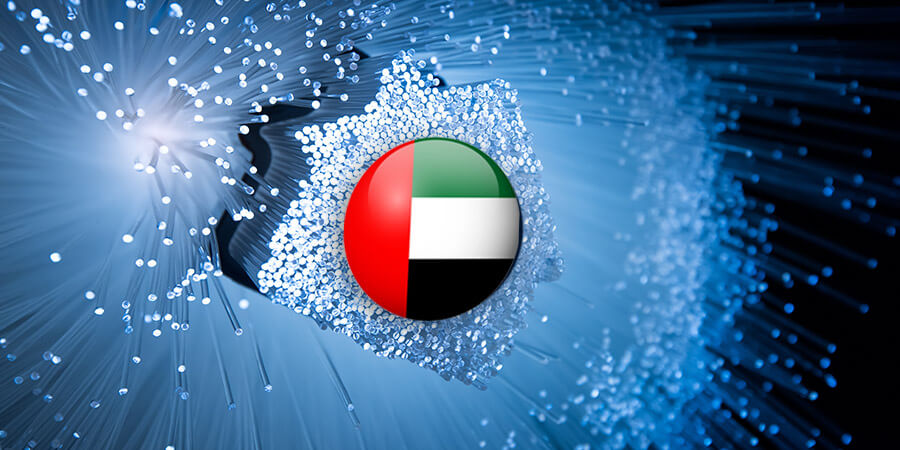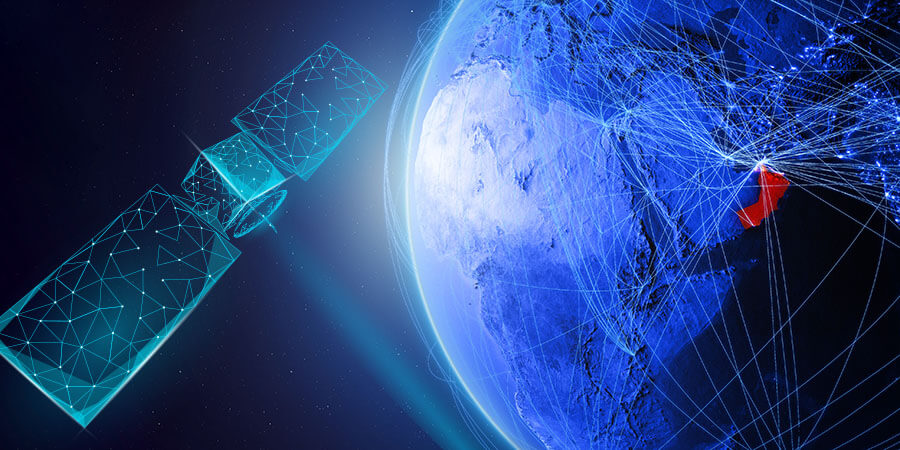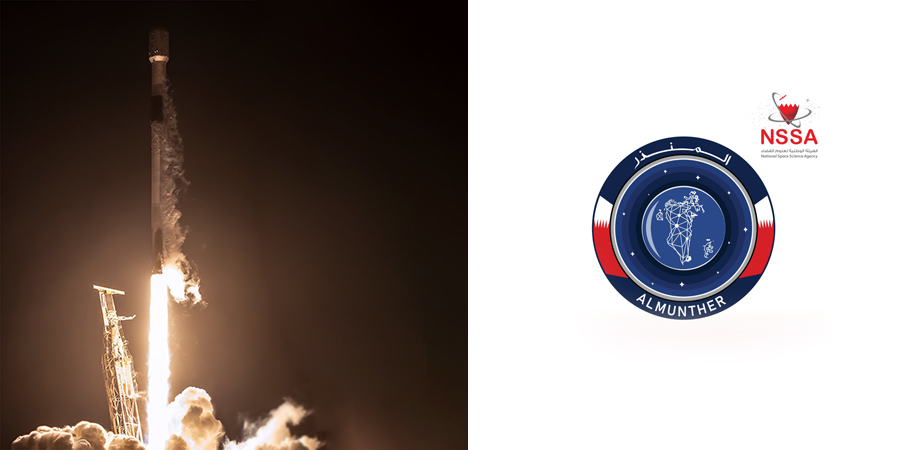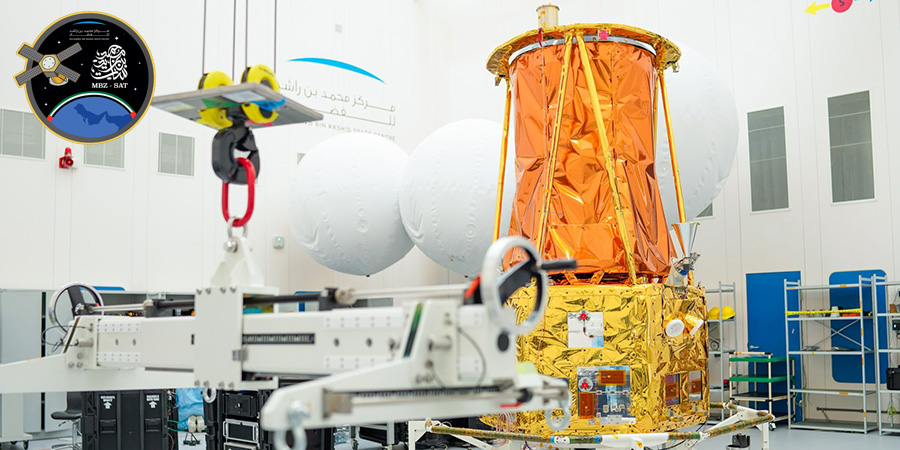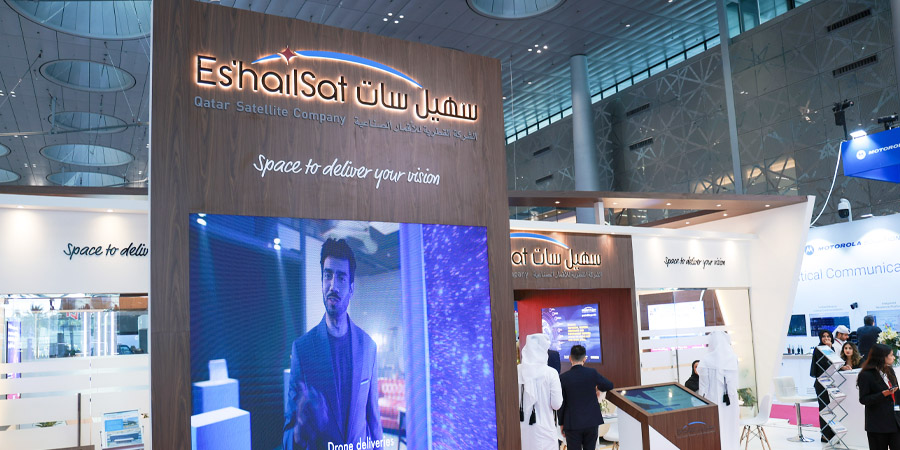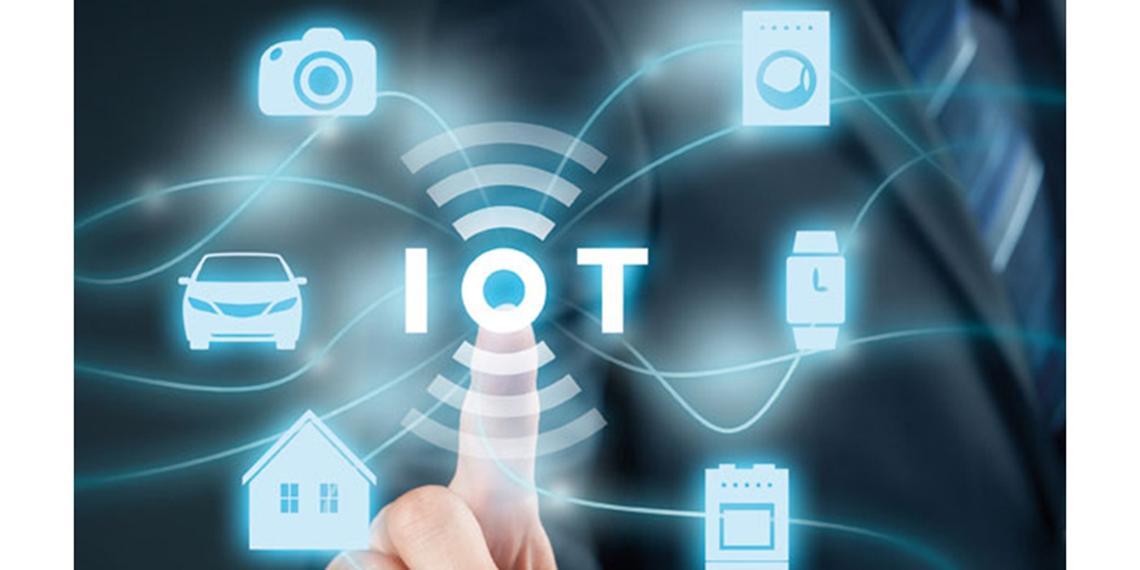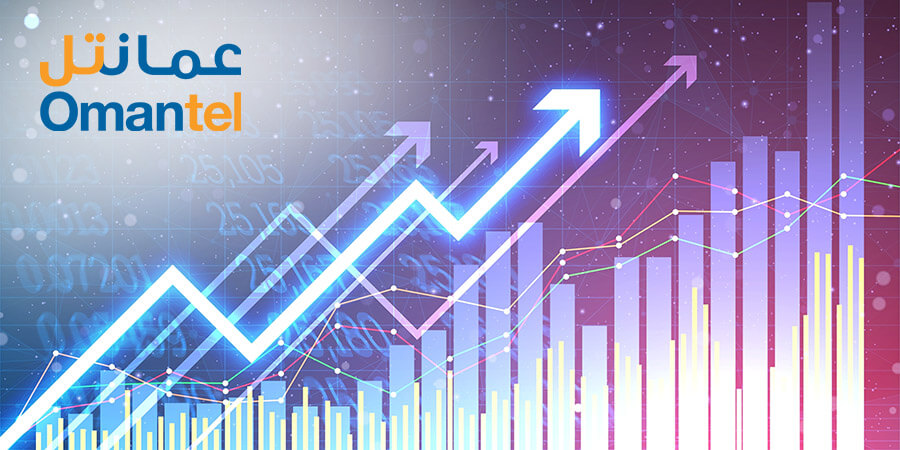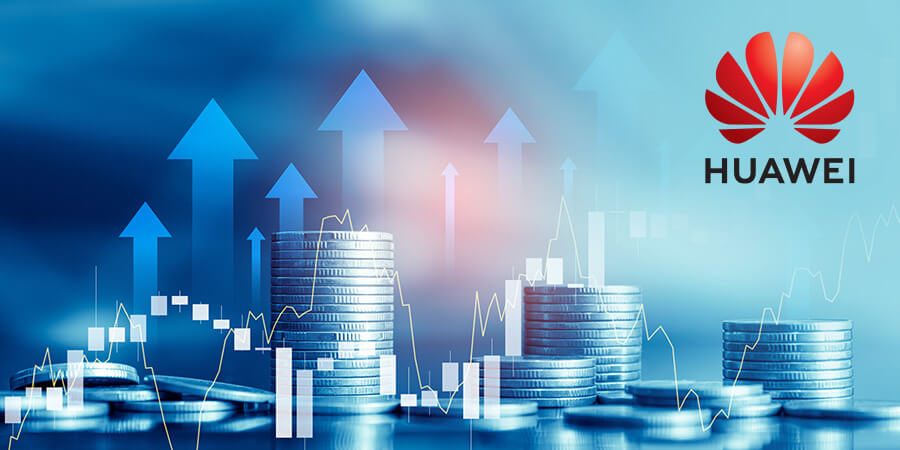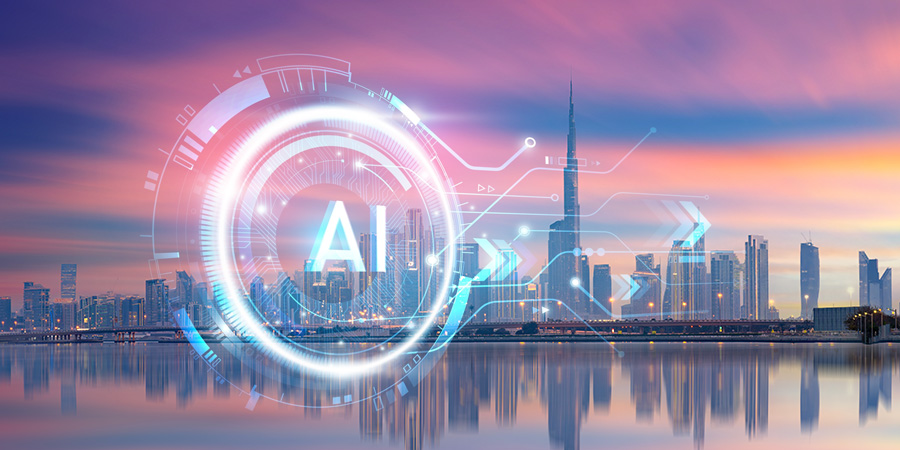Internet of things: a term that internet users have been peppering the search engine with questions about. But what does it mean for real life and how big is it going?
IoT isn't new. Tech companies and pundits have been discussing the idea for decades, and the first internet-connected toaster was unveiled at a conference in 1989.
At its core, IoT is about connecting devices over the internet, letting them talk to us, applications and each other. The popular example is the smart fridge. What if your fridge could tell you it was out of milk, texting you if its internal cameras saw there was none left, or that the carton was past its use-by date?
Where it's most common is home heating and energy use - partially because the government is pushing energy companies to roll out smart meters. They have clever functions that let you turn on heating remotely, set it to turn down the temperature if it's a sunny day, or even turn off when there's no one home. Some can tell the latter with motion-sensing cameras, or simply by seeing that your smartphone (and therefore you) has left the premises.
However, IoT is more than smart homes and connected appliances. It scales up to include smart cities such as connected traffic signals that monitor utility use, or smart bins that signal when they need to be emptied and much more.
Why does it matter? There's a reason the government is encouraging energy companies to hand people a smart meter: all that data and automated use is more efficient, meaning we use less energy.
One question comes to mind when thinking about it: is it secure? Everything new and shiny has downsides, and security and privacy are the biggest challenges for IoT. All these devices and systems collect a lot of personal data about people: smart meters knows when you're home and what electronics you use when you're there, and it's shared with other devices and held in databases by companies.
Security experts argue that not enough is being done to build security and privacy into IoT at these early stages. Hackers haven't, for the most part, put much attention to IoT, but as soon as there's a financial benefit to hacking smart homes, there will be a cyber criminal working towards it.
So until now there's no guarantee that IoT can be safe, especially that not enough is being done to ensure it isn't the next big hacking target.
However, with all its lack of safety, internet of things can affect business and work. This all depends on the industry: manufacturing is perhaps the furthest ahead in terms of IoT, as it's useful for organizing tools, machines and people, and tracking where they are. Farmers have also been turning to connected sensors to monitor both crops and cattle, in the hopes of boosting production, efficiency and tracking the health of their herds.
The examples are endless. Connected devices will likely creep into most businesses, just the way computers and the web have. Smart pills and connected monitoring patches are already available, highlighting the life-saving potential of IoT, and many people are already strapping smartwatches or fitness bands to their wrists to track their steps or heartbeat while on a run.
There's a host of clever connected health ideas. Intel made a smart band that tracks how much patients with Parkinsons shake, collecting more accurate data than with paper and pen. Sonamba monitors daily activities of senior or ill people to watch for dangerous anomalies and people with heart disease can use AliveCore to detect abnormal heart rhythms.
Many people question IoT wondering if it's real. Surprisingly, it's tough to answer. Technology is full of marketing and hype - it's often difficult to decide early on whether an innovation is truly ground-breaking or not. But the internet of things is one of those wider ideas that aren't dependent on a single project or product. A decade from now, everything could be connected.
It's worth mentioning that the internet of things revolves around increased machine to machine communication; it's built on cloud computing and networks of data-gathering sensors; it's mobile, virtual and instantaneous connection; it's what will make everything in our lives, from streetlights to seaports, smart. And by smart we're not referring strictly to M2M, we're talking about sensors.
A sensor doesn't do anything in the same sense that a machine does. It measures. It evaluates. In short, it gathers data. The internet of things really comes together with the connection of sensors and machines. On the other side, cloud-based applications are the key to using leveraged data. The internet of things doesn't function without cloud-based applications to interpret and transmit the data coming from all these sensors.
As an example, in 2007, a bridge collapsed in Minnesota, killing many people, because of steel plates that were inadequate to handle the bridge's load. When rebuilding bridges, smart cement can be used: cement equipped with sensors to monitor stresses, cracks, and warpages. This is cement that alerts to fix problems before they cause a catastrophe. And these technologies aren't limited to the bridge's structure.
If there's ice on the bridge, the same sensors in the concrete will detect it and communicate the information via the wireless internet to the car. Once the car knows there's a hazard ahead, it will instruct the driver to slow down, and if the driver doesn't, then the car will slow down by itself. This is just one of the ways that sensor-to-machine and machine-to-machine communication can take place. Sensors on the bridge connect to machines in the car.
So, now there are sensors monitoring and tracking all sorts of data. There are cloud-based apps translating that data into useful intelligence and transmitting it to machines on the ground, enabling mobile, real-time responses. And thus bridges become smart bridges, and cars smart cars.
This is a huge and fundamental shift. Of all the technology trends that are taking place right now, perhaps the biggest one is the internet of things; it's the one that's going to give us the most disruption as well as the most opportunity over the next five years. But, what it will look like in the faraway future is something even Google can't answer.




